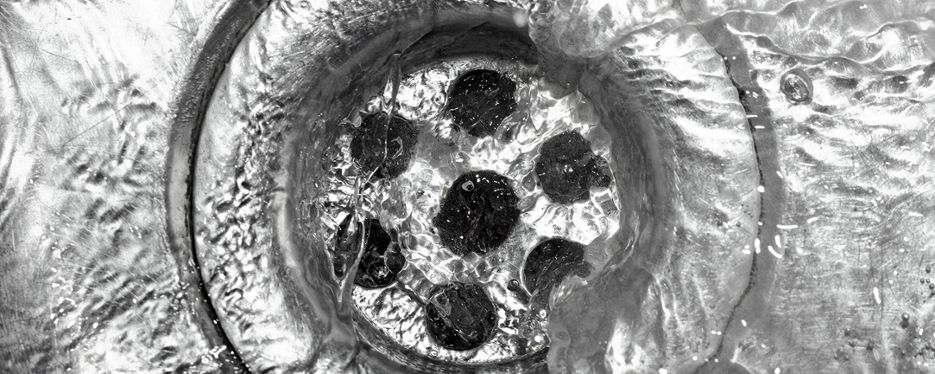A warmer climate is generally expected to result in increased precipitation across large parts of Sweden. This increase will be unevenly distributed throughout the country and between different seasons. The largest increase is expected in northern Sweden and during the winter, whilst a reduction is expected in the south of the country. Cloudbursts, however, will become more common and more intensive throughout the country. Even with increased amounts of rain, access to water may be reduced due to an increase in evaporation and a longer growing season.
More cloudbursts
Cloudbursts and flooding may cause leaching of substances that are hazardous to humans or to the environment, from for example industrial or landfill sites. They may also lead to increased leaching of nutrients, humus and plant protection products. Heavy rainfall may therefore affect water catchment areas with an increased risk of spreading of disease and environmentally hazardous substances. More cloudbursts will also increase the burden on water treatment facilities, and may result in them being forced to release untreated wastewater more frequently. Even today, there is an increasing content of humus in many water sources, which places greater demands on water treatment processes.
Access to water
There is expected to be a decline in the accessibility of water in large parts of southern Sweden, because higher temperatures results in more evaporation. In addition, a longer growing season will mean that more water will be consumed by plants. This could result in an increase in the need for agricultural irrigation.
Reduced access to water in the summer and changes to sea levels will affect both the availability and the quality of drinking water. The risk of infiltration by saltwater is also increasing in water sources in coastal and low-lying areas, such as around Lake Mälaren and on Gotland. This, together with more heavy rains, increases the risk of pollution of water catchment areas.
Pipelines
Landslides and landslips can cause damage to underground pipelines. The risk of this happening will increase as a result of a changing climate. Damage to important pipelines may have consequences for the water supply, with high costs and the risk of contamination as a result. For this reason, there is a need for strategies to minimise vulnerability and to manage major disruptions to the supply.
Preventive action
A changing climate may lead to spreading of new micro-organisms, which may present new health risks. The risks presented by certain parasites and viruses are greater today than when the waterworks were built. Today’s waterworks are often built to cope with bacteria, but not viruses or parasites. We will therefore need to adopt alternative forms of technology. Conceivable measures could include stronger protection of water resources and supplementary disinfection using UV, ozone or membrane filters.
To ensure the quality and security of Sweden’s water supply in the future, the protection of the water catchment areas becomes even more important. Actions must be taken to manage the increasing microbiological and chemical risks in affected areas.
The storm water pipes are not able to cope with the large amounts of water that in the event of a cloudburst – in such cases, it must be possible for storm water to be diverted across the surface. It is important that this receives consideration in planning, in order to prevent damage.
Changed conditions place new demands on planning, water treatment and monitoring.
